Proactive Versus Reactive Responding
For years, my mom has confidently said to me, “Make it a great day!”--meaning I have control of how my day goes. I’ve always felt like this one simple statement gave me the power to start my day in a positive, optimistic direction. And, as the day progressed and chaos occurred, I remembered that I could control how I responded or reacted to situations or circumstances I couldn't change. Today, I continue to choose the Proactive approach, as I’ve found that the benefits far outweigh anything else.
Proactive Versus Reactive
When you are proactive, you take responsibility for events, feelings, and outcomes. For example, if
you’re struggling in a class, you can take accountability for procrastinating and approach the teacher on how to catch up. When being proactive, you own up to your faults and rather than dwell on what got you there, you use them to fuel you forward. You acknowledge your efforts (or lack thereof) and gauge your progress on that. Being proactive means you take ownership of your actions and choices and use them to learn and grow. It means being real with yourself and others. If someone doesn’t understand your point-of-view, you recognize that maybe you weren’t communicating effectively and have the opportunity to resolve or prevent conflict in the future.
Being reactive means blaming others for choices. It means that you react to situations through your emotions. Here, you can often come across as blaming, resentful, insecure, or angry. Common statements made when someone is being reactive include: “It’s just the way I am”, “There’s nothing I can do”, “She ruined my day”, “The teacher wasn’t fair”. Blaming is an easy way to not take responsibility for your own behaviors, which hinders the insight you need to be proactive.
Phrases like "I can't," or "I have to" are also examples of reactive stances. By saying these, you are finding an alternative reason that will appear more acceptable to your decision. When you say, “I would, but…", you use "but" to justify your choice rather than being honest or putting in the effort to do the activity or task.
The problem with reactive responses is that they often lead to displaced anger, when you may subconsciously be upset with yourself and your decisions. It’s not always easy being proactive, but it challenges you to have courage and to be resourceful, persistent, and resilient.
How To Use Proactive Responses
Stop and think – pause for a moment, notice what’s happening, and use your brain, not your emotions.
Get control if you need to– take a few deep breaths, close your eyes, change your environment, calm your nerves.
Think about your choices – weigh the pros and cons, consider alternatives, evaluate what will be the most helpful decision.
By doing these things, you will be more rational and logical in your decision-making. This will support you in making more effective and fulfilling choices. This process requires some self-awareness in order to be able to pause and look at the situation from a different viewpoint. When emotions are heightened, it might be a habit to instantly react. Proactively responding requires you to take charge of your life and your choices versus just watching it happen. You take hold of the key to your own happiness and destiny.
As a teen therapist, I often tell my clients at the end of group or a session, “make it a great day”. We may not always feel in control of the events that occur around us, but we do have control in how we choose to manage it emotionally and behaviorally.
Allison Kidd, LMSW, LMAC
913-735-4056
allison.resolve@gmail.com
MORE BY ALLISON











